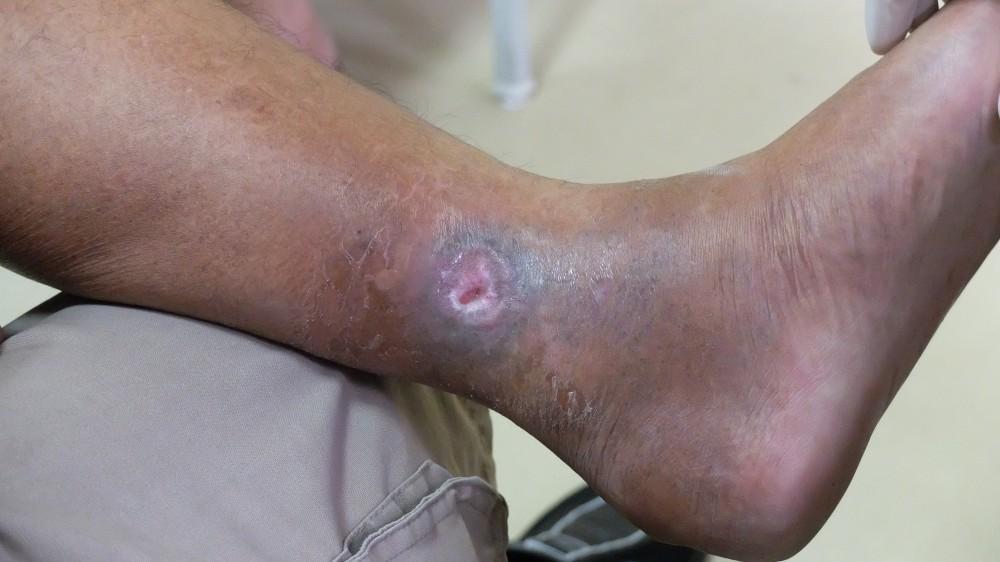
Help for Your Ingrown Toenail

Your toenails protect the tender skin underneath the hard nail, but if a toenail starts to cut into your nail bed, you may end up feeling a lot of pain and discomfort. Ingrown toenails don’t always improve on their own, and you might need the care of a podiatrist to straighten your feet out again.
At The Foot Care Group, board-certified podiatrist Dr. Steven Sharlin and his expert team provide care and treatment for patients with ingrown toenail problems. Let Dr. Sharlin take a look at your problem toenail at one of our convenient locations in Hinsdale, Libertyville, and the Streeterville community of Chicago, Illinois.
Getting a grip on ingrown toenails
A fairly common foot problem, ingrown toenails are most likely to affect your big toes, but can occur on any of your toes. If you develop an ingrown toenail, the side or edge of the nail grows too far into the neighboring flesh, causing pain, swelling, and discomfort.
You can suffer from ingrown toenails due to factors including posture, foot care and hygiene, or poorly-fitting footwear. Foot and toenail injuries also sometimes result in ingrown toenails. To prevent ingrown toenails, make sure to trim your toenails straight across, and keep your toenails at a healthy length.
Ingrown toenails can also result in inflammation and infection. You could see redness and swelling around the area where the edge of your toenail irritates your skin, or experience pus drainage from the affected area. In serious cases, you could even end up with infection in your foot bones.
At-home and professional care for ingrown toenails
Some ingrown toenails improve without medical attention. However, if you have poor blood flow due to medical conditions like diabetes, you risk developing serious complications, such as gangrene of the toe.
To care for an ingrown toenail at home, start with warm-water soaks to reduce swelling and site tenderness. Soak the affected foot for 20 minutes twice a day until symptoms improve. Trimming and filing the edges of ingrown toenails often helps the problem resolve. You can also protect the affected area with bandages or padding.
However, if at-home treatment doesn’t produce effective results, you’ll need professional support. At The Foot Care Group, we start with a physical exam. X-rays may be needed to help Dr. Sharlin and our team better understand the problem.
Dr. Sharlin recommends effective treatment options for ingrown toenails, including:
- Expert in-office nail trimming for temporary relief
- Splinting or separators to protect your tender skin
- Anti-inflammatory or pain-relieving medications for your comfort
- Prescription antibiotic medication to resolve any infection
- In-office removal of part or all of the affected nail and tissue using acids or other chemicals
For effective support for ingrown toenails, get in touch with the podiatry experts at The Foot Care Group now. You can schedule an appointment at one of our Illinois locations by giving us a call, or request your appointment online today.
You Might Also Enjoy...


Can Hammertoes Be Corrected with Orthotics?

Can Cryotherapy Get Rid of My Plantar Warts?

I'm Embarrassed About My Toenail Fungus: What Can Help?

5 Bothersome Complications of Untreated Hammertoe

